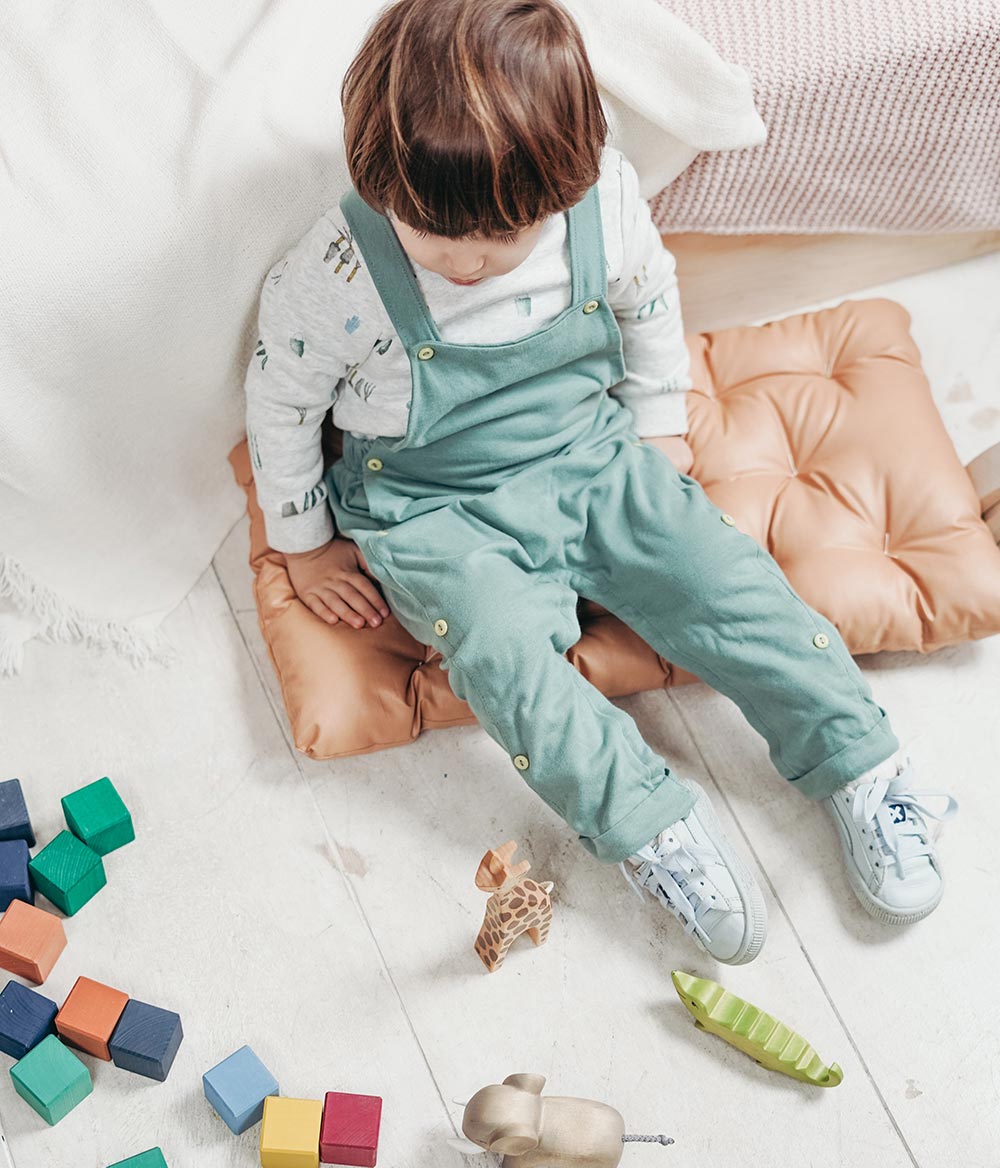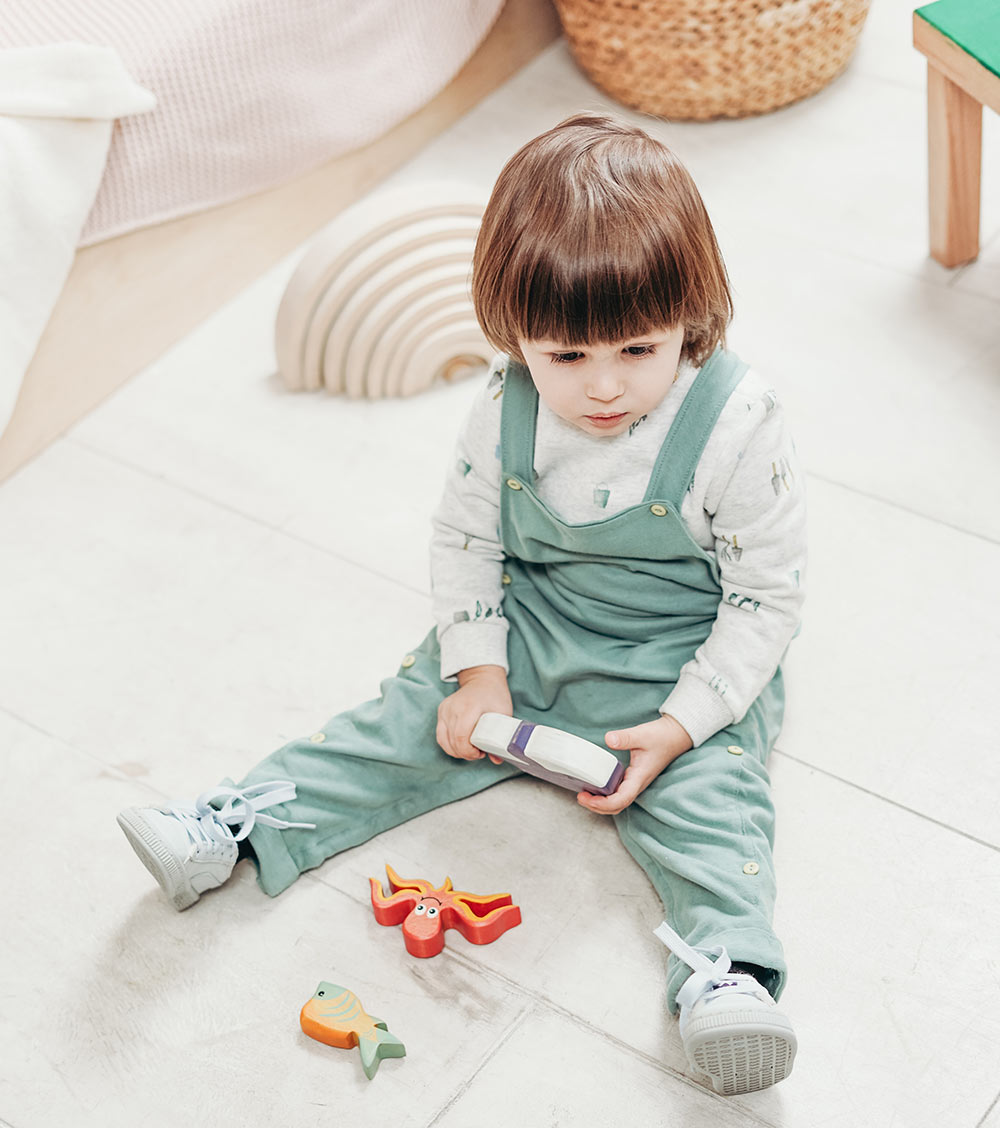Why we should be discouraging w-sitting
Written by Carly Tzanos and Lourdes Bruwer | Occupational Therapist
Tags: ChildcareGrowth and DevelopmentHealth and Wellness
Occupational Therapists are very intentional about educating parents and teachers to discourage children sitting with their legs in a “w” or “m” position.
Let’s understand why.
What is w-sitting?
W-sitting is when your little one sits on his knees but then slides his feet out from beneath him so that his bum is on the floor and his feet are next to his hips.
In this position, the shape of his legs and feet are in an “m” or “w” shape - hence the name of the position.
Children tend to choose this position so that they can fix or make their bodies more rigid. By doing so, they get more stability, so they are more easily able to free up their hands to hold a toy or object.
Why should we be discouraging w-sitting?
1. This position places a lot of strain on the hip and knee joints.
Children tend to have more lax ligaments around their joints…and thank goodness they do because when they fall (which is often) their bones and joints tend to give a little, and this means that they don’t break bones as easily as their old rigid parents!
But knees, hips and all our joints have to be protected because we really only get one shot to make them last and if we do not look after them we can have problems from a young age as we get older!
2. This position robs the core muscles of the opportunity to work and build endurance in sitting.
By decreasing their centre of gravity (putting their bums on the floor) and increasing their base of support (making the area in contact with the floor wider by spreading their legs and feet out to the side), the core muscles required to keep them sitting upright are not activated.
We all know why having a strong core is good for our back health when we are older but for children, core strength impacts balance, sitting, gross motor development, concentration and a whole host of other vital skills.
3. In this w-position children tend to avoid crossing the imaginary midline of their body by rotating their trunk.
Crossing the midline is essential for learning to use the two sides of the body together (bilateral integration). Star jumps, and cutting with scissors are good examples of this.
It’s also crucial for helping children establish a dominant side of the body which is vital for refining all gross and fine motor skills, especially handwriting.
4. W-sitting is not a typical pattern of movement, and as a result, the muscles pull in odd ways causing imbalances and muscle tightness.
Occupational Therapists commonly see children in therapy in later years with tight hamstrings which impact their sitting postures and ultimately their fine motor skills and concentration.

Tips to help your little one change position
If you notice your little one sliding down into this position, you can try:
- Teaching her that it is bad for her knees, you can say “let’s straighten your legs out in front of you instead of sitting like that because it is hurting your knees to sit like that!”
- You can also try giving her a little cushion to sit on if she tends to w-sit often.
- You can re-activate her core by just tucking her feet back under her bum again.
- Try encourage sitting cross-legged or sitting in a long sit position (with her legs stretched out in front of her).

Still struggling?
If you still find your little one w-sitting very often and struggling to avoid the position, you can consult an Occupational Therapist or a Physiotherapist to check her postural tone.
Postural tone is the inherent tension in the muscles at rest and primes the muscles for action. Some children have a lower postural tone than others.
If this is the case with your little one, then making sure she is very active with physical exercise, and extra murals will help build up and maintain the postural tone in her muscles ultimately improving her sitting position.
Hope this sheds some light for parents and saves some little knees along the way!
Share this
- 0
- 0
Related Posts
Have you tried the Nubabi Free Trial?
Get unlimited access to Your Parenting Toolkit for 2 weeks for free!
Track, Boost, Explore and Capture your child's growth and development.
Available on both mobile and web.